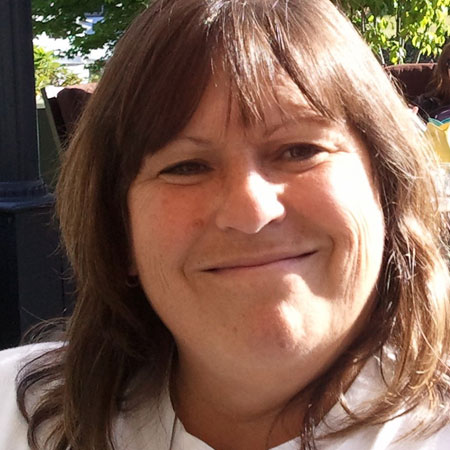This summer, I traveled from Oakland to Washington DC for an academic conference. While there, I took a brief Metro ride. In one way, the trip was short. In another, it was a 54-year journey.
When I arrived, the station felt empty. I was alone and ready to reach my destination -- the Cuban Embassy -- to see the vivid blue, white and red of the Cuban flag. As I climbed the stairs, familiar sounds emerged, my native Spanish. Not the distinctly Cuban styling I've known since birth, but Spanish, nevertheless.
I had arrived. The infant of hope, la ninita de esperanza, carrying a long lost promise; imagining my paternal grandparents, cousin, aunt, and others who came with nothing, escaping the uncertainty of the Castro dictatorship in January, 1962. Nine months before, the Cuban Missile Crisis brought us to the brink of nuclear war. Nine months later, the failed CIA-sponsored Bay of Pigs invasion sealed the destiny of separated families. My birth embodied the pivot point between the potential of a prosperous comradeship and what instead became over a half-century of sequestration of Cubans from the U.S. I was one month old.
I did not know why I could never meet my maternal grandfather, uncles, aunts, and cousins, or later, why it took until 1982 to meet my beautiful maternal grandmother, in the U.S. for one excruciatingly short visit? I couldn't visit my parent's homeland, see their beloved Universidad de La Habana, el Malecon, el Hotel Nacional -- the places where they courted, where their infamous love bloomed.
Over a half century later, and there it was...the flag, partially raised above the newly opened embassy. Why was it at half-mast? Was it a testament to our lost heritage, families and connection to our past?
